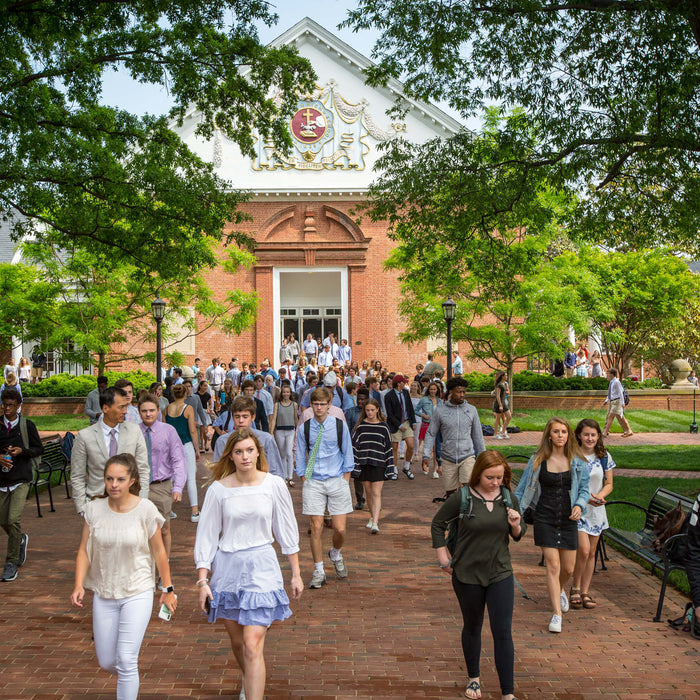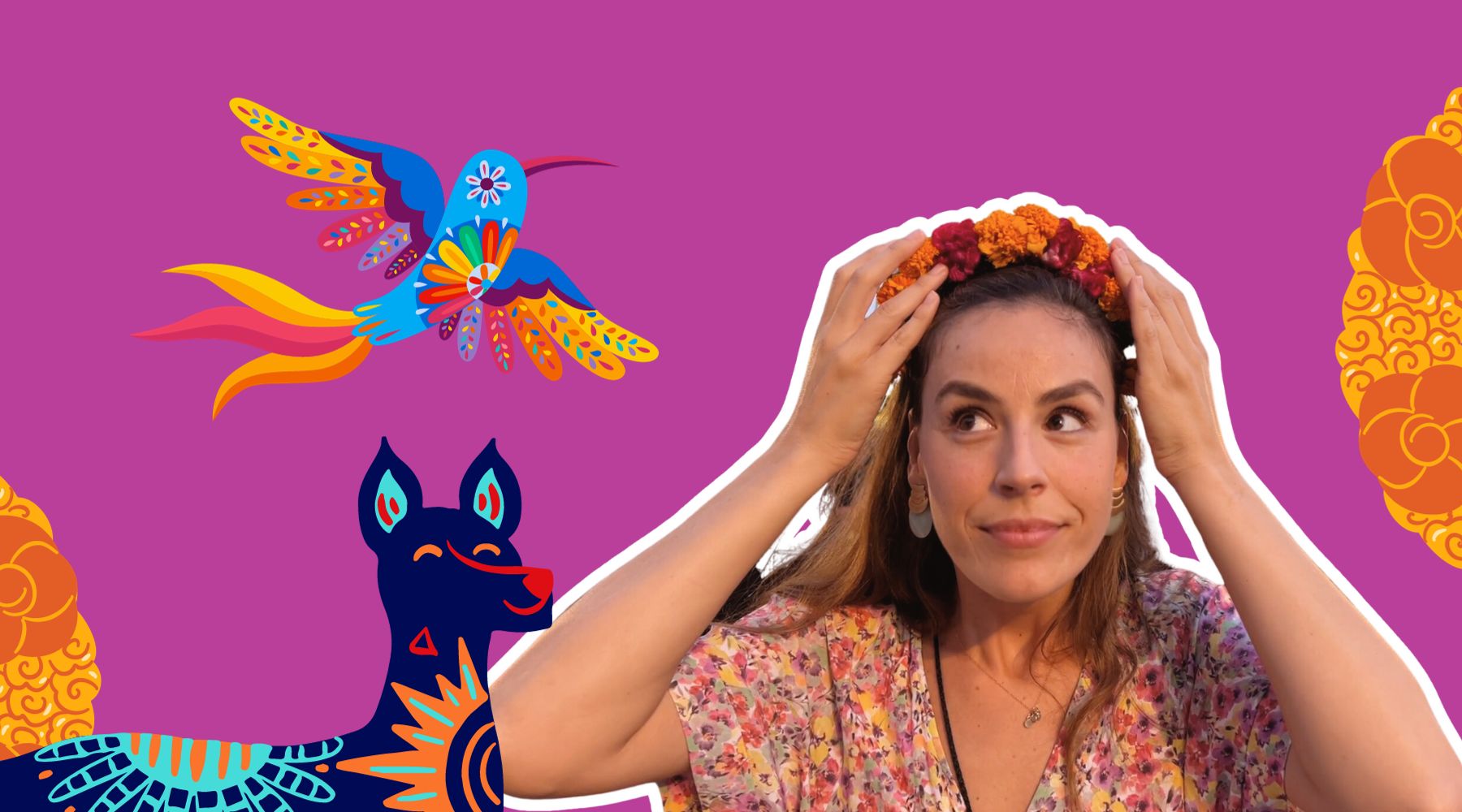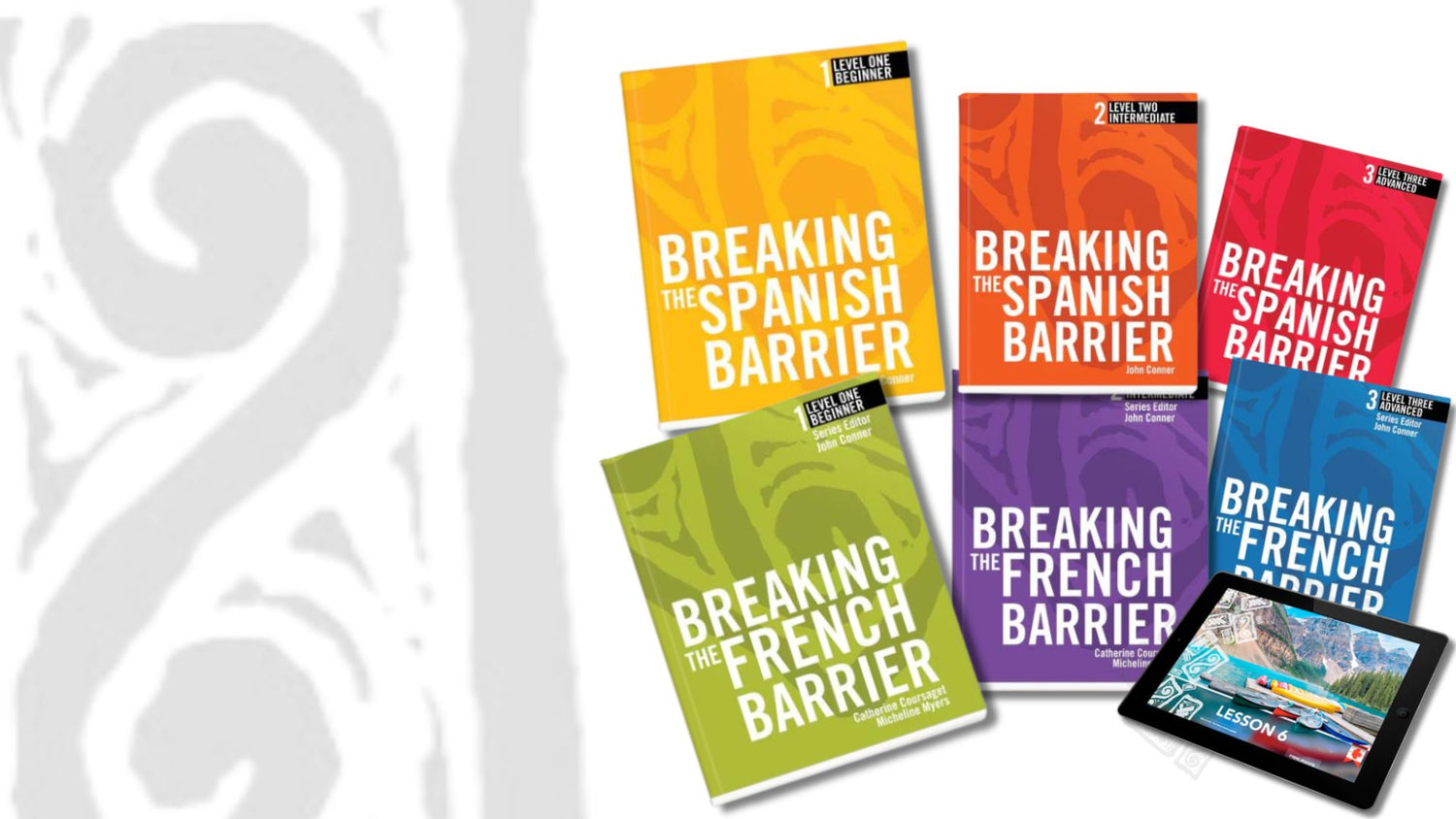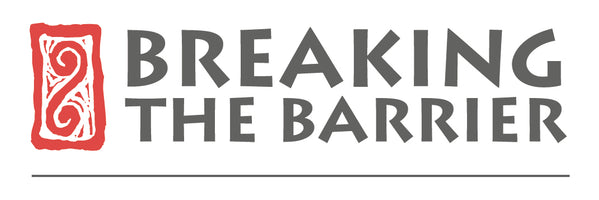

Día de Muertos in Oaxaca: Decoding 5 Essential Words
As October draws to a close, Oaxaca transforms into a breathtaking tapestry of flowers and candles. With the arrival of November's first nights, the people of Oaxaca eagerly anticipate a joyous reunion with their departed loved ones.
This cherished annual tradition is an enchanting fusion of indigenous Mesoamerican beliefs and Catholicism, known today as Día de Muertos.

1. La Catrina: A Timeless Icon
Adorned in an elegant early 1900s dress, la catrina symbolizes the omnipresence of death. Skeletons have long held significance in Mexican Day of the Dead customs, representing the natural cycle of life.
In the 20th century, La Catrina emerged as a political satire, emphasizing the idea that death is a universal equalizer, claiming all, regardless of their social status or material wealth.

2. Cempasúchil: The Guiding Flower
Cempasúchil, a radiant blossom, holds deep cultural importance in Mexican tradition. Its name, derived from the Náhuatl language, translates to "twenty flowers," a nod to its abundant petals.
These vibrant flowers, with their fragrant scent, are believed to lead the departed back to the offerings where their families eagerly await them on La Noche De Los Muertos.

3. Alebrijes: Guardians of Souls
Alebrijes, fantastical creatures with a popularity extending far beyond Día de Muertos, are believed to be guides and protectors of the souls embarking on their annual journey.
Reflecting Oaxaca's rich indigenous heritage and artistic prowess, these vivid wooden sculptures often bear colors sourced from natural materials like plants, minerals, and organic substances.

4. Pan de Muertos: A Taste of Tradition
Pan de Muertos, or "Bread of the Dead," is a traditional round bread adorned with dough shaped like bones, symbolizing the eternal cycle of life and death. Soft and slightly sweet, this bread is a beloved part of the Día de Muertos festivities.

5. Ofrendas: Sacred Offerings to the Departed
Families pay homage to their departed loved ones with meticulously crafted altars, known as ofrendas. These altars, feature catrinas, cempasúchil, alebrijes, pan de muertos and are personalized with the departed's favorite foods and a photograph.
Around these ofrendas, families gather to pray and share cherished stories of their loved ones. In Oaxaca, and indeed all of Mexico, Día de Muertos encapsulates the core of Mexican spirituality and the enduring connections that transcend the boundary between the living and the departed.
When you're ready, try Breaking the Barrier:

Explore More
- Breaking the Spanish Barrier has helped students achieve their language goals for over two decades.The all-in-one textbook/workbook is the centerpiece of our language curriculum and is available in print and digital formats.
- Breaking the French Barrier gives students the confidence to read, write, and speak fluently. Upon completion of our three-level series, students will have practiced every important topic in French.
- Breaking the English Barrier motiva el aprendizaje del inglés por medio de nuestra atractiva plataforma de acceso en línea (Online Access Platform).
Blog posts
-

-

-

NECTFL 2024: Northeast Conference on the Teaching of Foreign Languages
Read nowDear colleagues, Soon we will be in New York City for The Northeast Conference on the Teaching of Foreign Languages 2024! From February 22nd - 24th, 2024, educators, linguists, and language enthusiasts will gather at New York Hilton Midtown, 1335 Sixth Avenue New York,...


